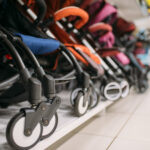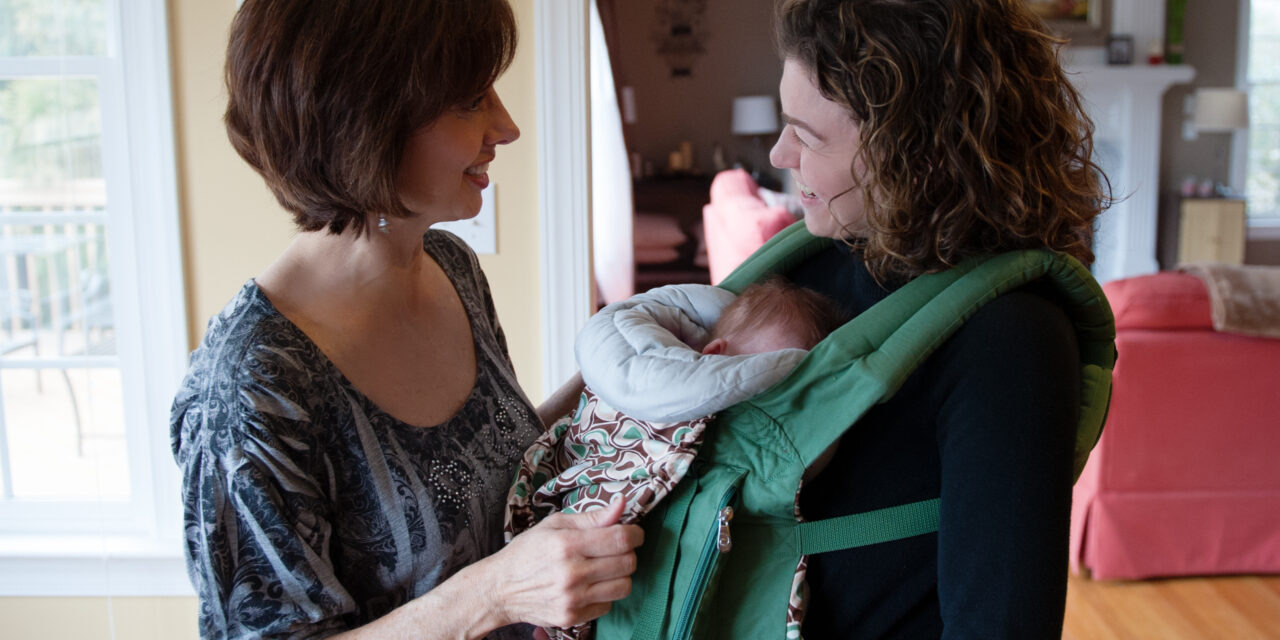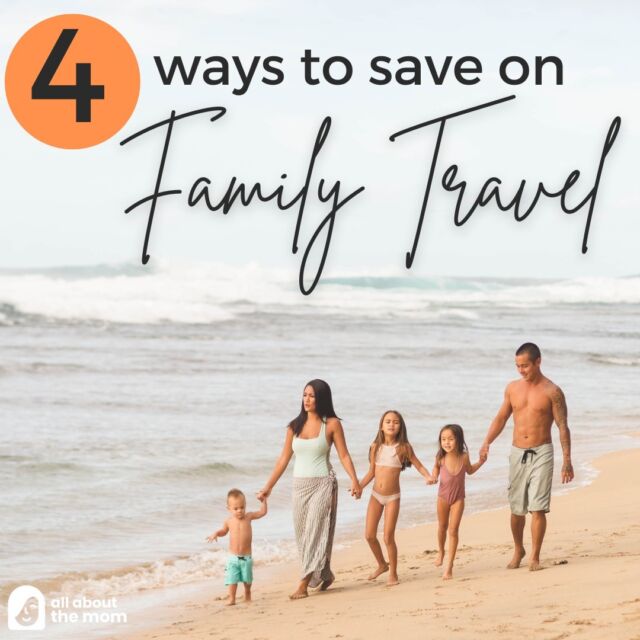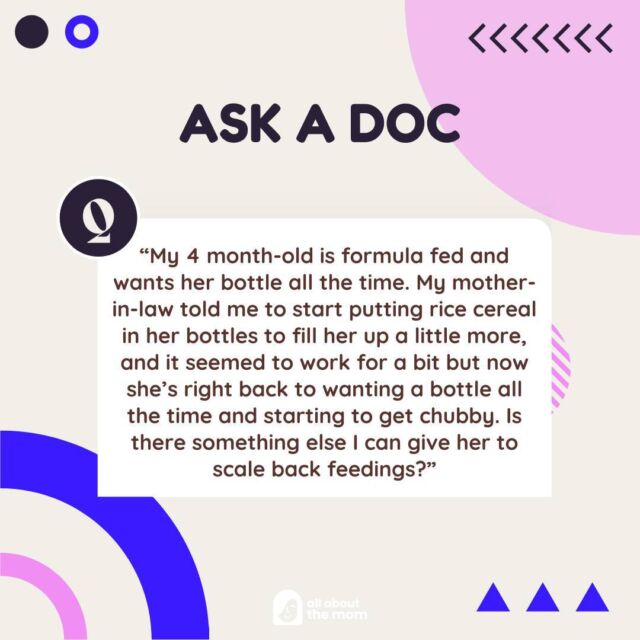I’m desperate to have my hands free while I take care of my three-month-old son, but I’ve heard slings can be dangerous. Is there a type of sling or wrap I can use so I can get a few things done during the day?
What a smart momma you are to seek a solution to your challenge of getting daily tasks done while still being able to tend to your baby.
Babywearing, as it’s called in the attachment-parenting world, can be an excellent solution.
Infant slings and wraps have been used for thousands of years in cultures around the world. In addition to freeing up both hands, babywearing provides many benefits to the baby, including promoting a positive bond between child and parent. And according to anthropologists who travel the world studying infant-care practices in other cultures, infants in babywearing cultures cry much less.
Having used a sling with both of my children, it’s one of the essential items I keep in my “postpartum doula kit” to use while working with clients. I like to be able to model to new parents how to get chores done – like laundry, for instance – while still meeting the needs of the baby via safe sling use.
Which brings me to your question about using a sling safely.
The primary concern for babies in slings is suffocation. Therefore, proper positioning is critical. When using any type of infant carrier, choose one that allows you to position the child according to age, level of head control, and body strength.
According to the U.S. Consumer Product Safety Commission (CPSC), slings tend to keep an infant in a curled, chin-to-chest position, which can interfere with breathing. When an infant is in the chin-to-chest position or is contained entirely within the pouch of a sling with their face, including nose and mouth, pressed against the adult’s body, suffocation can occur.
A general rule I like to follow when using a sling with a newborn is baby should be upright, visible, and kissable. This means you should be able to bow your head and kiss the top of your baby’s head without bending your back.
I’ve found from both personal experience and working with my clients that there’s a bit of a learning curve when babywearing. Though some slings on the market come with instructions, it may be well worth your time and money to seek guidance from an expert, like a postpartum doula, chiropractor, or retailer who sells them. Many areas have babywearing groups to help you find and learn to use the sling best for you.
Be sure to use good judgment and don’t wear baby while cooking or working with sharp or hot objects. Do not drink hot beverages when wearing baby, and be mindful of baby’s head and arms when going through doorways and around corners. Never ride a bicycle or other moving vehicle while wearing your baby. Baby carriers are not substitutes for approved car seats.
CPSC recommends the following tips to parents and caregivers when using infant sling carriers.
Make sure the infant’s face is not covered and is visible at all times to the sling’s wearer.
If nursing the baby in a sling, change the baby’s position after feeding so the baby’s head is facing up and is clear of the sling and the mother’s body.
Be vigilant about frequently checking baby in a sling, always making sure nothing is blocking baby’s nose and mouth and baby’s chin is away from her chest.
















